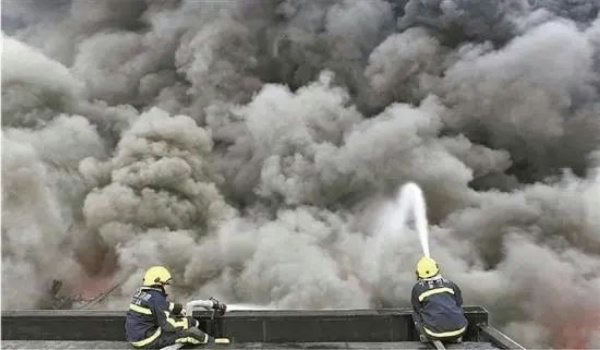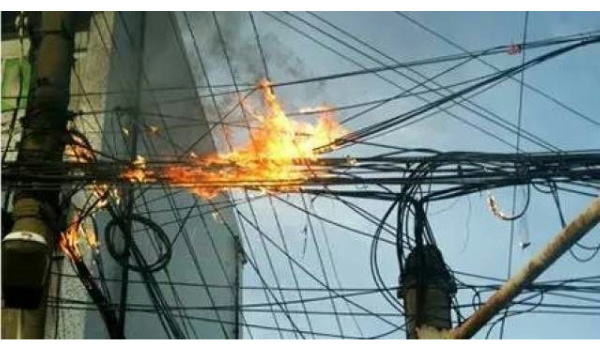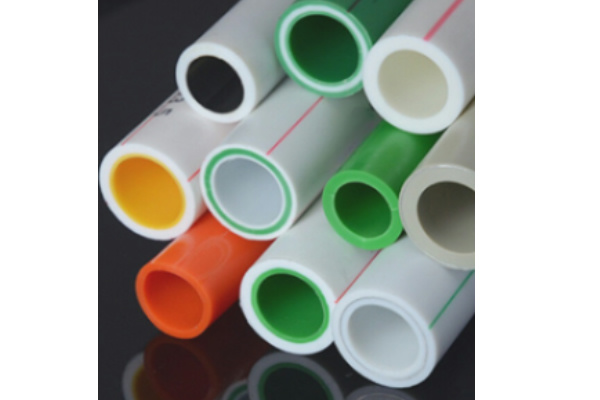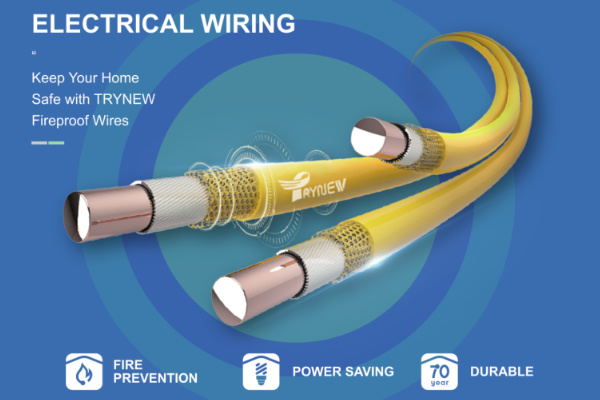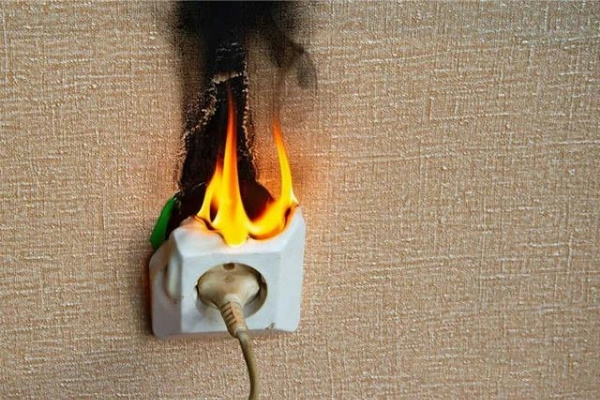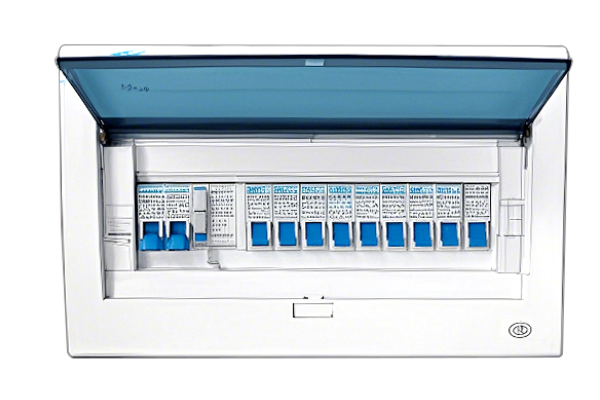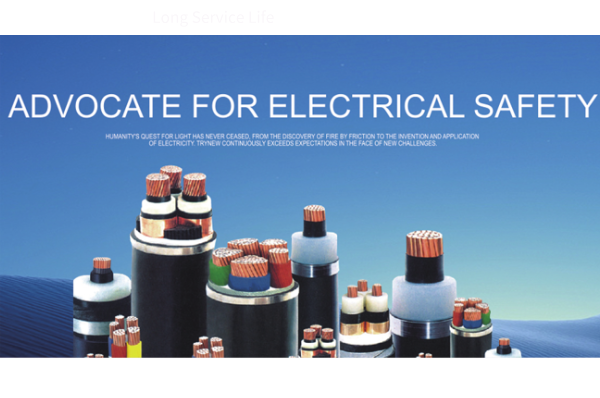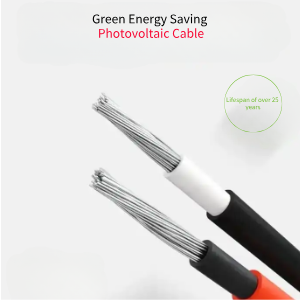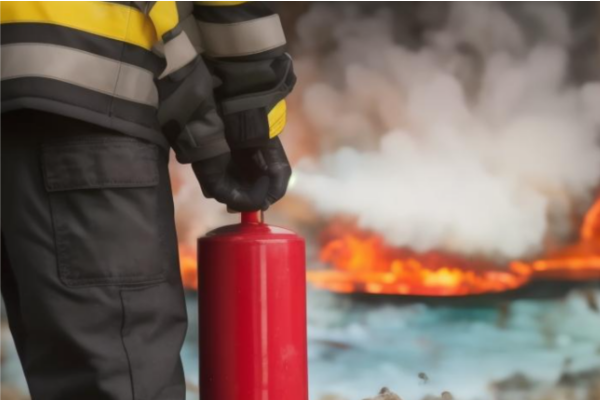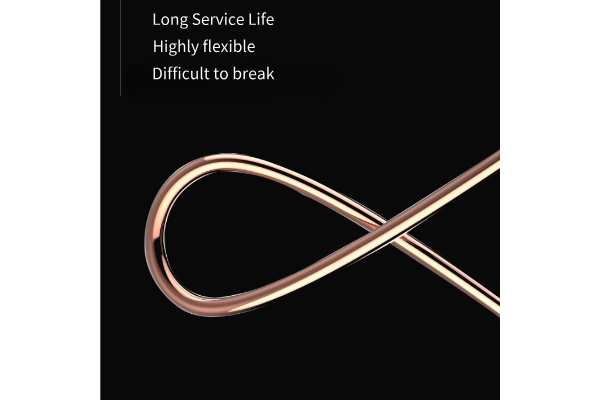Four Golden Tips to Avoid Pitfalls in Choosing Wiring For Renovation!
Renovation is a significant event for every household, and the selection of wiring, a concealed engineering material during the renovation process, is crucial to home safety and quality of life.TEYNEW Cable helps you easily avoid these pitfalls.
1. Identify the brand and steer clear of "no-name" products. Check for complete labeling.
A complete wire and cable marking should include at least two aspects: firstly, the origin mark, which is the manufacturer's name or trademark; secondly, the functional mark, which includes the type and specifications (conductor cross-section, number of cores, rated voltage, frequency, load capacity, etc.). The sequence of the markings is generally the manufacturer's name or trademark, followed by the type, and then the specifications. These markings should be clear, easily identifiable, and resistant to wear.
2.Check the specifications to avoid overload. Inspect the cross-section workmanship.
The specifications of Electrical Wires are directly related to their ability to carry current. Inferior products can lead to circuit overload, heating, and even cause fires.
The workmanship of the wire and cable cross-section can reveal many issues. Firstly, examine the cross-section of the insulation layer; if there are material defects or process issues during manufacturing, there may be bubbles or eccentricity in the cross-section. Secondly,look at the exposed Copper Wire part; high-quality copper wire has a bright reddish color and feels soft to the touch. Inferior copper wire, due to a higher content of impurities, generally has a purplish-black color, tending to be black, yellow, or white, and lacks toughness, being harder.
Therefore, by observing whether there are visible pores in the insulation layer cross-section, whether the core is centered, whether the color of the exposed copper wire part is relatively bright, whether there is a stinging sensation when lightly touched with the palm, and whether the touch is smooth and soft, one can make a simple judgment on the quality of the product through these details.
3.Pay attention to materials to avoid inferior quality. Test the material's texture by hand.
The material of electrical wires is directly related to their conductivity and safety. Inferior wires often use poor-quality copper and insulation materials, which not only have poor conductivity but also tend to age and crack easily.
Due to the use of different raw materials for the insulation layers in high-quality versus inferior Wires And Cables, there is a difference in the mechanical strength and flexibility of their insulation layers. The insulation layer ofhigh-quality wires and cables usually feels soft to the touch and has good fatigue strength; in contrast, the insulation layer of counterfeit and inferior wires and cables is mostly made of recycled plastic, which typically has poor resilience.
Therefore, a preliminary judgment on the product quality can be made by repeatedly bending and folding the wire end or gently pulling its insulation layer. If the pressed area turns white or even breaks after repeated bending, or if the insulation layer can be easily torn or pinched off, then the wire or cable is likely to be of inferior quality.
4.Value testing and choose genuine products. Test for stretch and combustion.


